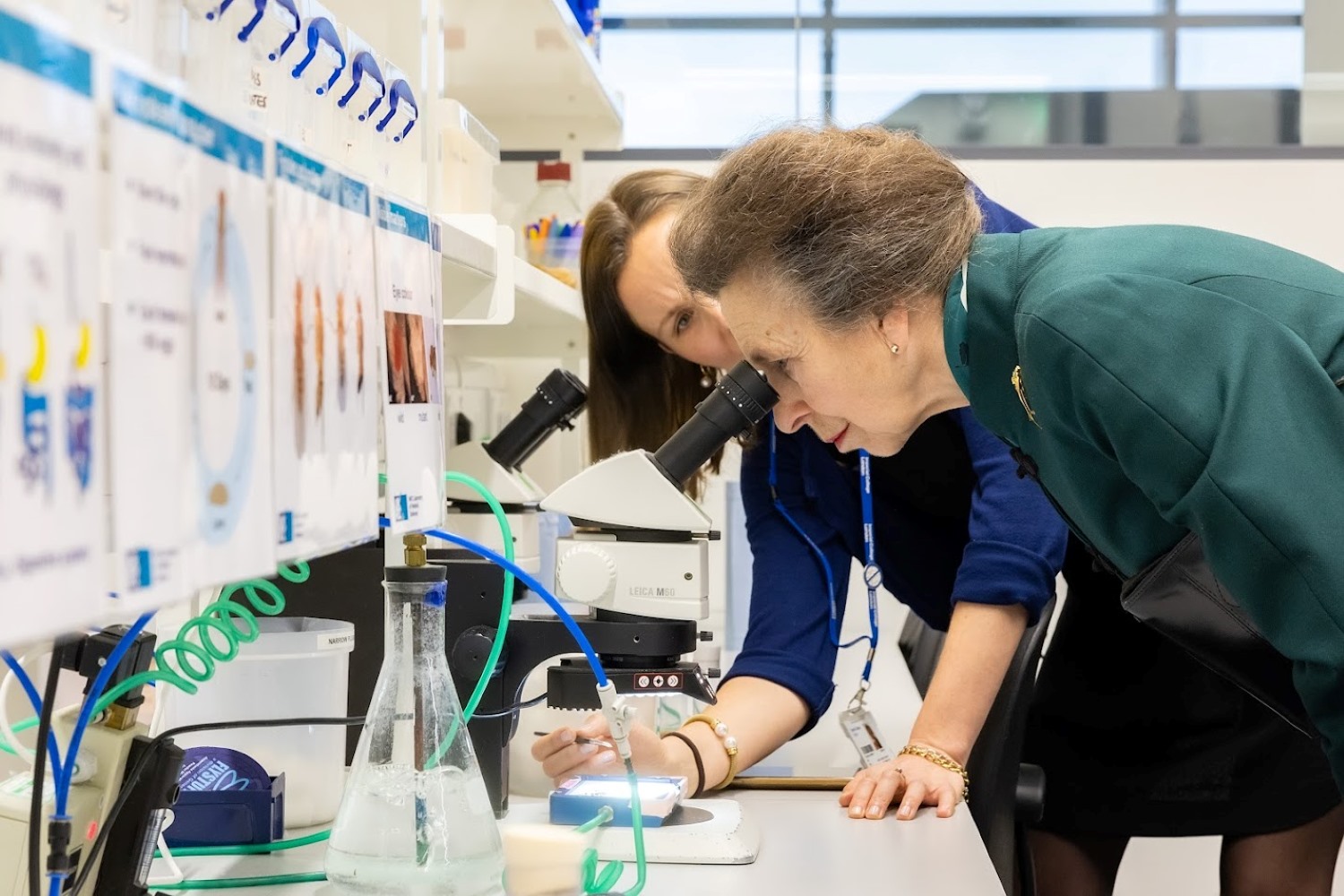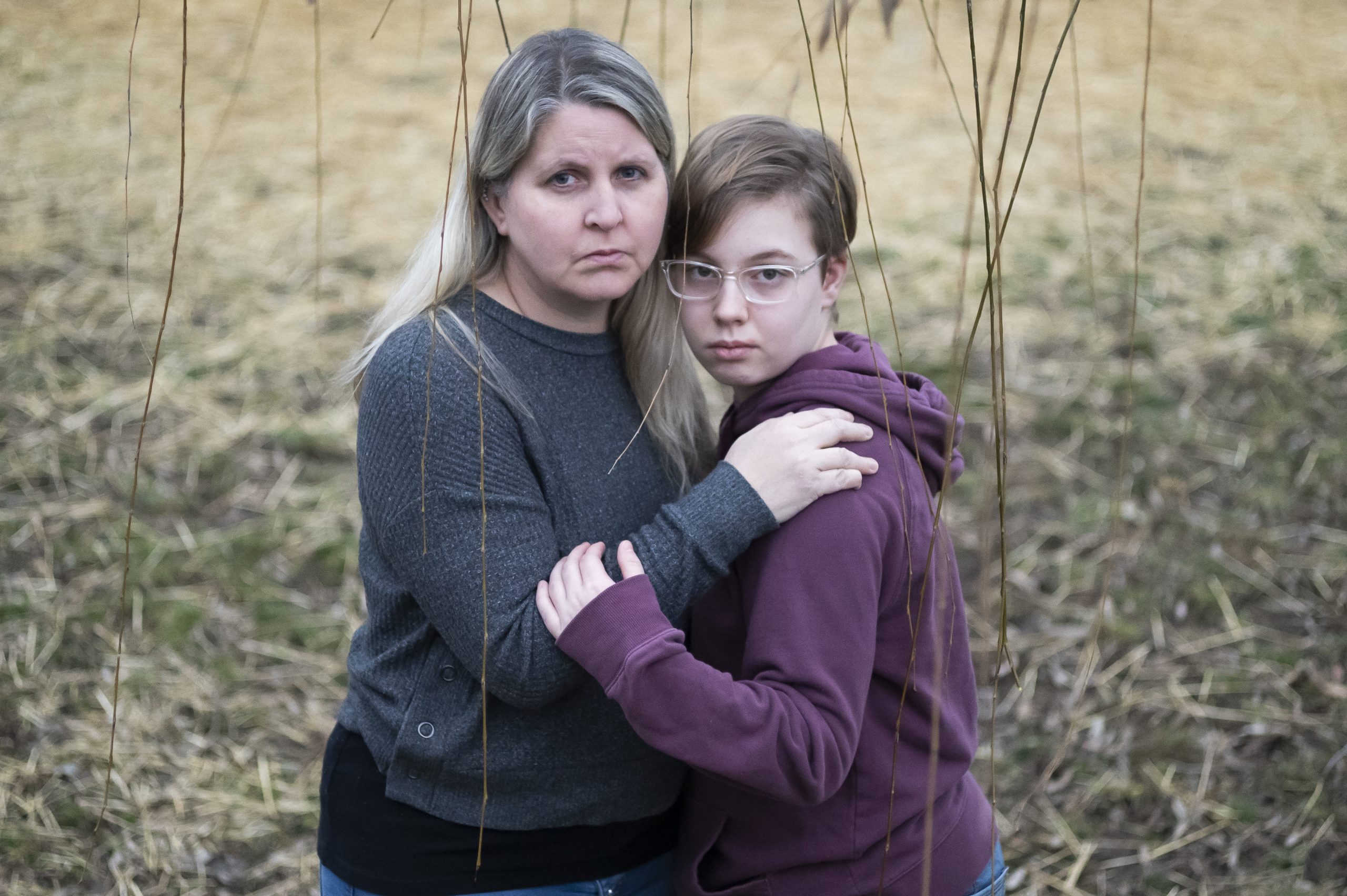It’s estimated that up to 42% of people suffer from hay fever symptoms, which can range from mild to severe.
While most hay fever sufferers will get relief from treatments such as antihistamines, nasal sprays, and eye drops, this is not the case for everyone. So it’s often overlooked as a minor annoyance, rather than the chronic condition it can be for some.
If you suffer badly with hay fever, and don’t find these traditional treatments helpful, you might be referred for immunotherapy. This is a way of building the immune system’s tolerance to allergens, by administering small, gradually increasing doses of the allergen through an injection, liquid drops or tablets. So how does it work?
Read more:
Hay fever can sometimes be more serious than we think. This is why we should know our treatment options
When someone with hay fever comes into contact with an environmental allergen such as pollen, their immune system mistakes it as a threat and produces an antibody called immunoglobulin E, or IgE, to neutralise it.
The IgE antibodies then bind to mast cells, a type of immune cells found in the nose, eyes and lungs. This triggers the release of histamine and other proteins and leads to the classic symptoms of hay fever, including sneezing, runny nose, and itchy eyes.
Immunotherapy aims to induce a shift in the immune response, which leads to the production of antibodies that can neutralise the allergen and thereby prevent it from triggering the allergic reaction.
Additionally, immunotherapy induces T-regulatory cells. These special type of immune cells prevent the release of inflammatory mediators such as histamine.
Immunotherapy typically involves an initial build-up phase, which usually lasts around three to six months. During this time, the allergen doses are gradually increased, usually starting with a very low dose and increasing every week or two until a target dose is reached.
This is followed by a phase where the target dose is maintained to sustain the immunological tolerance. This maintenance phase can last for three to five years, or even longer. All phases are generally administered under guidance from an allergy specialist.
So immunotherapy can take several months or even years to see the full benefits. However, it can modify the underlying immune response to allergens and provide long-lasting relief from hay fever symptoms.
Lordn/Shutterstock
Sublingual immunotherapy
While immunotherapy is commonly used to treat hay fever caused by pollen allergies, it can also be used to treat other types of allergies such as food allergies, insect venom allergies, and allergies to medications.
Immunotherapy for people with hay fever is most commonly administered via injection (subcutaneous immunotherapy). The injection contains highly purified extracts of specific pollens, or components of them. This is safe and evidence over many years has shown it’s very effective.
But a needle-free alternative is to give the allergen orally (sublingual immunotherapy). This method involves administering allergen extracts in the form of liquid drops or tablets under the tongue. It requires fewer doctor visits than subcutaneous immunotherapy as it can be taken at home.
Although the oral method may be marginally less effective than the injections, it’s considered to be slightly safer. While uncommon, severe allergic reactions can occur during immunotherapy, and are more likely with subcutaneous immunotherapy. Fortunately, as this treatment takes place under the supervision of a healthcare professional, they can recognise and manage any adverse reactions.
An effective alternative
Like immunotherapy in general, sublingual immunotherapy is a course of treatment designed to desensitise the immune system to specific allergens that trigger hay fever symptoms.
Treatment typically starts a few months before the pollen season and a course of sublingual immunotherapy usually lasts for around three years.
In one study, patients who received sublingual immunotherapy for three, four or five years showed clinical benefit that persisted for up to eight years.
Read more:
Hay fever could be linked to our gut and nose bacteria – and probiotics may help symptoms
Researchers have looked at the effectiveness of sublingual immunotherapy for hay fever by reviewing data from multiple randomised controlled trials. One study from 2005 analysed 22 trials with 979 patients, while a more recent review from 2010 looked at 60 trials with several thousand patients.
Both studies found that sublingual immunotherapy was effective in reducing symptoms and use of medications such as antihistamines. The research also showed that sublingual immunotherapy was effective for both seasonal and year-round allergies. It appears to be particularly effective for hay fever caused by grass or tree pollens.
However, results have been more variable in children.
Overall, the evidence suggests that sublingual immunotherapy is a safe and effective treatment option for hay fever in adults. Still, more research is needed to confirm the effectiveness of sublingual immunotherapy for specific pollens as well as its longer-term benefits.
Not a quick fix
Immunotherapy requires a commitment to regular treatments, and can take several months or even years to see the full benefits. Additionally, not all patients respond equally well to this treatment, and it may not be a suitable option for everyone.
But immunotherapy can be a valuable tool for those seeking to reduce the frequency and severity of hay fever symptoms. As with any medical treatment, it’s important to consult with a healthcare professional to determine the best treatment options for your individual needs.




